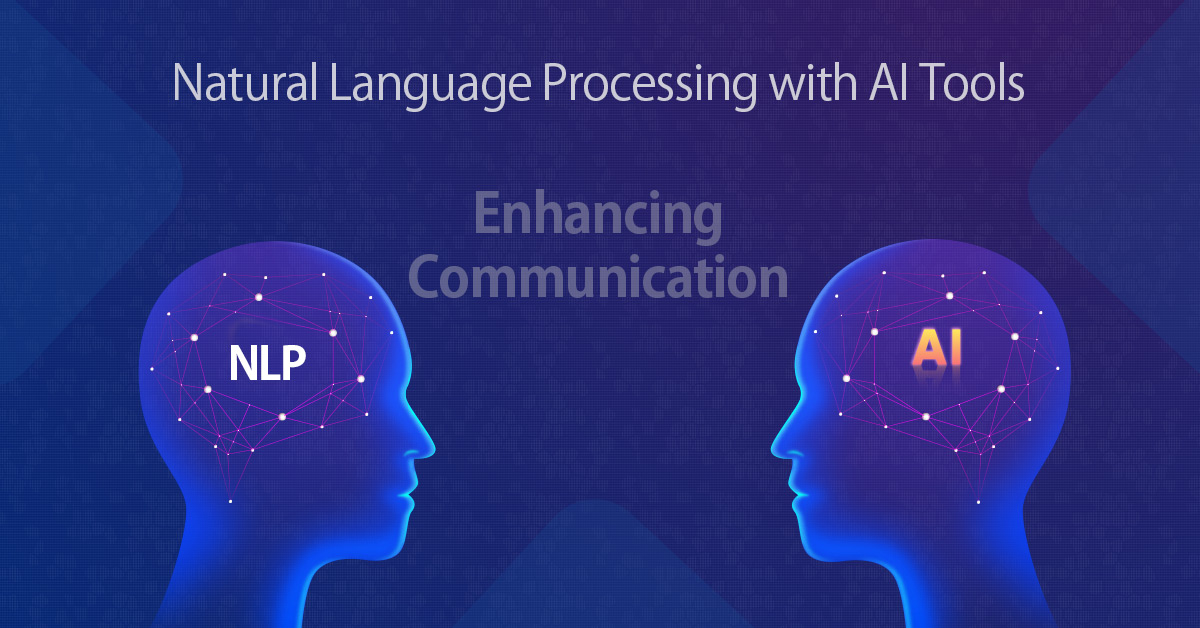Adapting Websites for Voice-Activated AI Assistants

6 min read
Hello there! Do you ever use your phone or digital AI voice assistants to ask questions or discover information? If so, you are not alone! The popularity of voice search is rising, and by making your website responsive to it, you can gain a significant competitive advantage online.
How we interact with the digital world is constantly changing, and AI technology is developing at an unprecedented rate. The widespread use of voice-activated artificial intelligence (AI) assistants like Siri, Google Assistant, and Alexa represents one of the most significant changes in recent years. These digital helpers have become essential to our daily lives, helping us with anything from setting reminders to providing answers to challenging problems.
Businesses are discovering how important it is to modify their websites to meet the growing trend of voice-activated AI assistants as their popularity increases. Your website’s voice search and interaction optimization are more than excellent ideas. In this blog, we will let you know the importance of optimizing sites for voice-activated AI personal assistant and provide a complete lesson to help you make user experience improvements.
What is The Key to Understanding Voice-Activated AI Assistants?
Understanding the function of voice-activated AI helpers is essential before starting the website adaption process. Artificial intelligence-powered software is used to power these intelligent virtual assistants. To know and react to spoken or typed questions, they employ natural language processing (NLP). Examples include Microsoft’s Cortana, Google Assistant, Amazon’s Alexa, and Apple’s Siri.
Alexa, Siri, and Google Assistant are just a few examples of voice-activated AI assistants changing how we engage with technology. So, these intelligent virtual friends use artificial intelligence and natural language processing to know spoken instructions and carry them out. By speaking, users may ask inquiries, make reminders, manage smart devices, and even conduct online purchases.
Voice assistants are appealing due to their accessibility and ease. They are valuable tools in our daily lives since they make chores easier to complete and offer fast solutions. It have become essential to contemporary life, allowing for hands-free internet searches, dictating messages, and accessing real-time information.
Businesses quickly recognize how essential voice interaction optimization of their websites and applications is to remain competitive in this ever-changing industry. Voice assistants will become progressively more important in how we engage with the digital world as voice technology develops, enhancing our lives’ productivity and connectivity.
Why is Website Adaptation Necessary?
Businesses must update their websites to stay competitive as the use of voice-activated AI assistants increases. The following criteria emphasize the significance of optimizing sites for voice search and interactivity.
- Changing Search Behavior
The way individuals look for information online is changing due to voice search. When users utilize voice assistants, their inquiries are typically longer and more conversational than those made using standard text-based search engines. Websites have a better chance of appearing in voice search results if their content aligns with these casual questions.
- Enhanced User Experience
The user experience is improved when your website is voice-interactively optimized. Voice commands make it simple for users to move across your website, access pertinent information, and carry out tasks. Your brand can stand out from rivals with a flawless voice-activated experience.
- SEO Benefits
Search engine optimization (SEO) efforts may benefit from voice search optimization. Your website’s organic traffic can increase, and your online exposure can grow if your website appears in voice search results. It offers the chance to improve one’s search rankings competitively.
- Accessibility
Users with disabilities can benefit from voice-activated AI assistants’ accessibility features. By making your website voice-interactive, you can ensure everyone can access your services and content, irrespective of their capabilities.
What are The Essential Steps for Optimizing Websites?
Let’s explore the key steps to optimize your website:
- Keyword Research for Voice Search
Compared to standard search queries, voice search keywords are different. They are more interactive and inquiry-based. To make your material more voice-search-friendly, conduct keyword research on this platform to find and address the most popular questions in your writing.
- Content Optimization
Create information that is easily read aloud and offers succinct, direct responses to typical customer inquiries. Make sure your material properly satisfies the needs of users. Voice assistants can more easily find organized text with distinct headings and bullet points.
- Technical Considerations
To give search engines and voice assistant context, implement technological optimizations like schema markup and structured data. Mobile optimization is essential because most voice searches occur on mobile devices.
User Experience Enhancements
Enhancements to the user experience (UX) are essential to the success of any digital platform. They include a variety of tactics and improvements intended to enhance the usability, interest, and productivity of websites and applications. It entails ensuring that the design is responsive for smooth access across devices, that the navigation is simple so that people can quickly locate what they need, and that the performance is optimized for quicker loading times.
A user journey is more seamless and effective when there is consistency in design and clear call-to-actions (CTAs). Additionally, mobile optimization and accessibility features ensure inclusivity and convenience for all users. Personalization and visual hierarchy increase the personalized experience, while feedback mechanisms and user testing assist in gathering insights for ongoing improvement. Companies and designers can produce digital places that draw consumers and enable gratifying and efficient interactions by concentrating on these improvements, ultimately increasing user engagement and conversion rates.
What Factors and Obstacles Need to be Considered and Addressed?

Website optimization for voice-activated AI assistants requires a comprehensive strategy integrating technology, design, and content. To deliver a user-friendly and inclusive voice experience, it’s critical to consider user behavior, think about AI’s developing capabilities, and prioritize mobile responsiveness, privacy, and accessibility.
Adapting websites for voice-activated AI assistants poses difficulties and essential factors to take into account while enhancing the user experience for this new technology:
Natural Language Processing (NLP):
Voice assistants rely on natural language processing (NLP) to comprehend user requests. It can be challenging to modify websites so that they use conversational language. Natural language model require content organization.
Structured Data:
Structured data, such as schema markup, is used by voice assistants to extract information from websites. Websites with this information could respond with pertinent information, emphasizing the importance of appropriate implementation.
Mobile Responsiveness:
Voice searches are primarily conducted on mobile devices due to their responsiveness. A smooth voice experience depends on websites being responsive and loading rapidly on various screen sizes.
Voice Search Optimization:
Unlike text searches, voice searches frequently include inquiries or long-tail keywords. Visibility in voice search results depends on producing content that directly responds to popular voice inquiries.
Site loading speed:
Users of voice assistants may need to be more patient with slow-loading websites. Increasing website speed using image compression and content delivery networks is essential.
Voice Interface Design:
Designing a successful voice interface without visual components might be difficult. To lead users through interactions, audio prompts must be precise and concise.
Multimodal Compatibility:
With the help of multimodal compatibility, users can switch between speech, touch, and keyboard inputs. Websites that offer a variety of interaction methods enable a smooth user experience.
Privacy and security:
These are at risk because voice assistants need access to the microphone. Websites must get user consent, adequately express their privacy policies, and deploy advanced security methods.
Testing and optimization:
The field of voice technology is developing quickly. To appropriately adapt websites, it is essential to do regular testing, monitor user feedback, and keep up with developments in voice technology.
Accessibility:
Websites must be user-friendly for people with impairments, especially those who use voice-activated technology. Inclusion is ensured by following web accessibility principles.
Future Trends and Predictions
Future trends and predictions suggest a dynamic landscape characterized by rapid technological advancements. The influence of artificial intelligence (AI) is anticipated to be significant across a variety of sectors, including healthcare, banking, and also transportation. AI integration will promote automation, improve decision-making techniques, and offer individualized experiences.
Business operations and collaboration will change due to remote work and digital transformation. Concerns about sustainability will drive innovations in renewable energy, electric vehicles, and environmentally friendly behaviors. A surge in HealthTech, including telemedicine and AI-powered diagnostics, will improve accessibility and patient care in the healthcare sector. But to protect against ever-more advanced attacks, the growth of digital activity will also need more robust cybersecurity measures. The old retail paradigms will change as e-commerce continues to grow. Private companies’ support for space exploration will push the envelope and open up new opportunities beyond Earth. Healthcare will transform due to advances in biotechnology, particularly in gene editing and personalized therapy. These trends show the significance of flexibility and readiness for the changing landscape.
Conclusion
As a result, in the constantly changing digital environment, websites must be optimized for voice-activated AI assistants. Businesses that embrace this transition stand to gain significantly as voice technology becomes an essential component of how users engage with the online world. The prospects for better user experiences and greater accessibility are vast despite the hurdles associated with aligning with natural language processing, assuring data structure, and maintaining privacy and security. Website owners and developers must be adaptable as technology develops, keeping up with user behavior and new developments.
Published: October 9th, 2023





